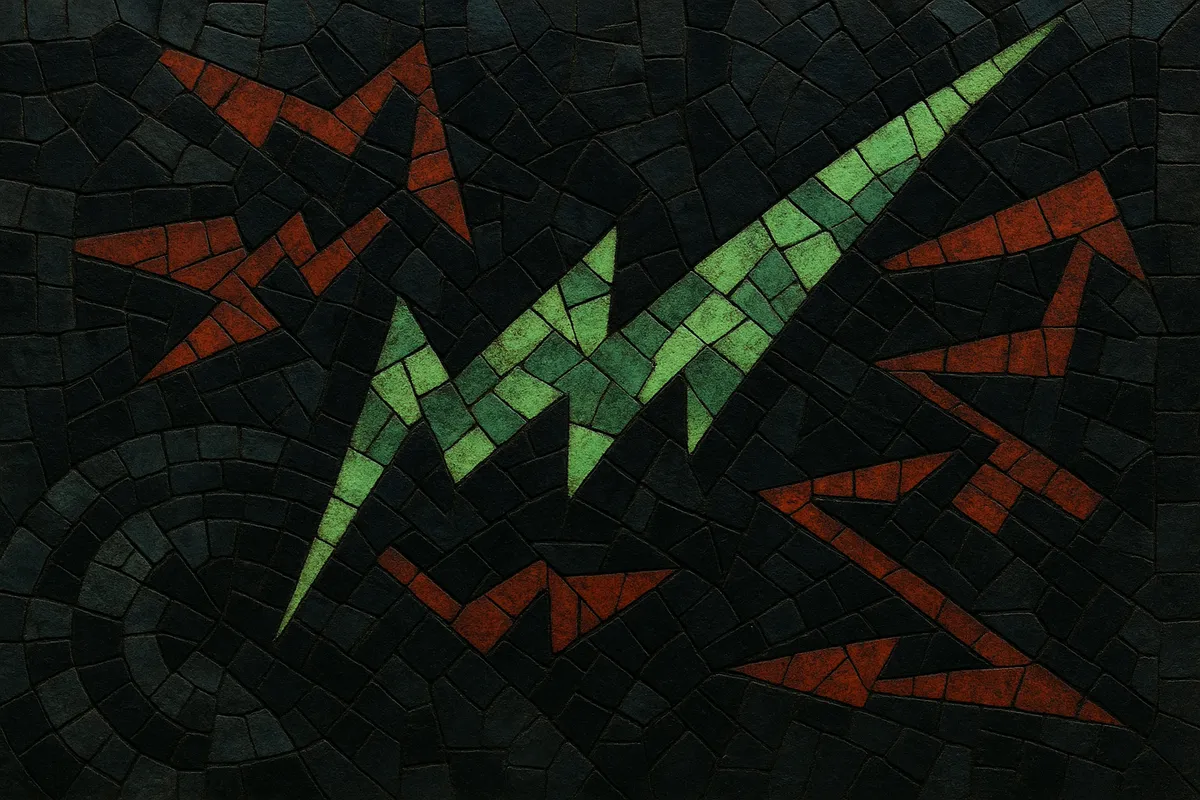Neo-grime is a modern, experimental mutation of grime that retools the icy, 140 BPM template with contemporary sound design, skeletal rhythms, and a focus on atmosphere as much as impact.
Where classic grime emphasized MC-led bangers and rough-and-ready club functionality, neo-grime often privileges instrumental detail, negative space, and futuristic textures—glassine pads, sub‑heavy bass, and detuned square-wave leads—while still retaining grime’s stark drum language and UK underground swagger.
The result is a style that can swing between weightless ambience and steel-edged percussion, equally at home in forward-thinking club nights and headphone listening.
Neo-grime emerged in the UK as a response to grime’s first wave, drawing on the Eski sonic palette (icy synths, square leads, stark drums) but reimagining it with minimalism and advanced sound design. Producers who came of age during dubstep and post-dubstep took grime’s rhythmic DNA and stripped it down, emphasizing space, detail, and mood.
London club nights like Boxed (with key figures including Slackk, Logos, and Mr. Mitch) became hubs for instrumental grime’s second life. Labels such as Local Action, Keysound, Planet Mu, and Tri Angle released records from artists pushing beyond MC-centric formulas—sharpening grime’s contours while experimenting with ambience, abstraction, and new timbral palettes. This period cemented neo-grime’s identity as both club-functional and compositionally exploratory.
As the sound spread, producers integrated influences from deconstructed club, IDM, and ambient, yielding tracks that could feel both brutally percussive and eerily weightless. Mumdance and Logos’ Different Circles codified a parallel, ultra-reduced approach (often called “weightless”), which sat adjacent to and was catalyzed by the neo-grime milieu. International artists adopted the vocabulary—icy synths, sub pressure, clipped snares—adapting it to local scenes.
Neo-grime continues to inform a broad spectrum of UK bass and experimental club music. While classic MC-led grime enjoys periodic mainstream peaks, the neo-grime thread persists through producers who treat the 140 BPM template as a laboratory for texture, space, and future-facing rhythm.


